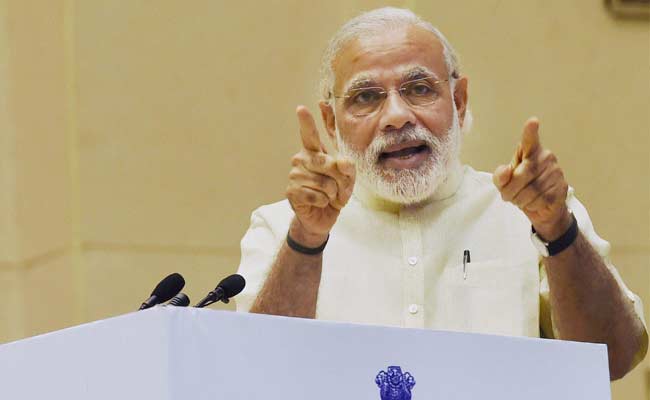Long before 2014, when some people believed that Narendra Modi would make a great prime ministerial candidate in the future, the experts who sat in air-conditioned television studios of Delhi foresaw an imminent danger. They believed that what was known as the Gujarat model could not be replicated at the national scale. Some define the Gujarat model as exceptionally good governance coupled with high economic growth. These are attributes of the model, its foundation stone of complete political domination is often missed.
The political aspect of the Gujarat model is quintessential. Back in Gujarat, Narendra Modi and Amit Shah left no stone unturned to win every election that came their way. Their status was never an obstacle, they gave their hundred percent right from the municipal elections and the co-operative elections to the assembly elections and the general elections. Hegemony was necessary to govern effectively, and the duo was highly skilled in both the political and the administrative games. They took the state to a point of no-return, they became invincible in Gujarat.
When Modi emerged in 2014, many of his staunchest supporters believed that he had ridden a wave of anti-incumbency, and feared that such a rise would be unsustainable. Indeed, the challenge for the Modi-Shah duo was not to climb the ladder. They had attained the highest echelons of Indian polity already. The challenge was to remain up there, just as they had done in Gujarat. Many right-wing personalities remained paranoid about losing the supremacy they had just achieved. They remained sceptical about the BJP’s political effectiveness, and offered advice to the party at the drop of a hat. What we found out today is that Amit Shah knows exactly what he is doing.
The prime minister’s three-day trip to Varanasi was not a product of nervousness, the duo treats every election as a high-stake battle. Shah’s exploits include Maharashtra, Haryana, Jharkhand, Jammu, Assam and Arunachal. At the municipal level, the party has shined across the country. The saffron wave seems to be sweeping the north-east, the Congress has been relegated to third place in Odisha, and now the party has swept Uttarakhand and Uttar Pradesh. Three years after 2014, the party remains in good hands.
The Gujarat model of hardcore development coupled with hardcore electioneering is being successfully replicated at the national scale. The country’s political landscape is gradually turning saffron.
Be that as it may, this election also brings forth certain key indicators of how far the party still is from complete hegemony. In Punjab, the Congress has won a simple majority. Despite Captain Amarinder Singh not being the conventional Congressman and probably the only leader in the party who isn’t a Gandhi sycophant, the fact remains that Narendra Modi’s dream of a ‘Congress-mukt bharat’ could not be achieved during this election cycle. When this article went to press, the states of Goa and Manipur too looked as if they might swing either ways. However, the silver lining in the cloud is that the Congres Party is weaker than ever, and that if elections were held in the country today, they would win less than the 44 seats they have. To get an idea of the extent of Congress Party’s decimation, remember that the BJP won four out of the five seats in Rahul Gandhi’s constituency of Amethi.
Apart from the obvious sweep in the Hindi heartland, there are four reasons for the BJP to rejoice today. First, whether the BJP wins Manipur or not, signs of the organisation making huge inroads in the northeast is clear. The region was completely neglected by successive governments up until 2014. But ever since the BJP came to power, a steady flow of highway projects and railway projects have made their way to the northeast. The BJP emerging as a strong player in Manipur is a clear indication that along with the development, an electoral tilt towards the BJP has also made its way to the region. The second reason is that Mayawati and her party as we have known it is done and dusted. After bagging zero seats in 2014, they have bagged less than twenty seats this time around. What this means is that one regional satrap has been eliminated, and the BJP has firmly established itself as one of the poles in Uttar Pradesh politics. The third reason is that the Aam Aadmi Party has been restricted to Delhi. Contrary to what the mainstream media and the exit polls seemed to suggest, the party turned out to be a damp squib in Punjab. This is positive even in the context of India’s sovereignty, because AAP had the backing of Khalistan supporters. The last reason is Prashant Kishore. Prashant Kishore rode the Modi wave, and people thought he was indispensable. He was on the right side of Bihar’s electoral arithmetic, and the myth of his invincibility asserted itself strongly. Now, the value of this former manager of the BJP is exposed.
Atal Bihari Vajpayee once said that the road to Delhi passes through Lucknow. BJP’s bid for power in 2019 is progressing as planned. And the extrapolation of the Gujarat model at a national scale is also well on track.
